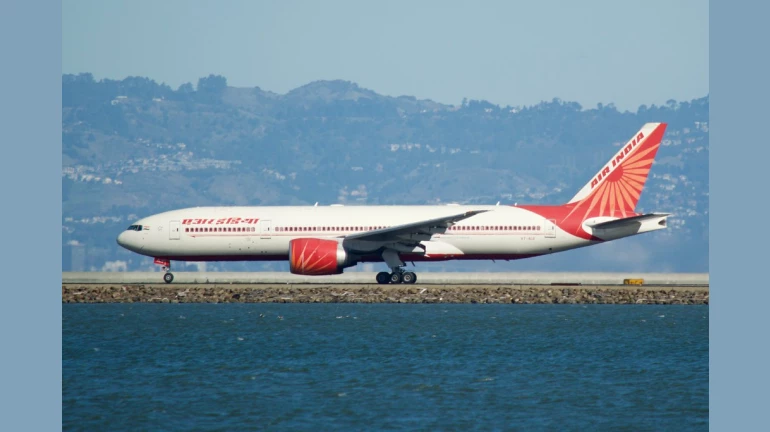
While the leading aviation gurus argue the case of a National carrier and its importance for strategic reasons, the Government of India seems to have made up its mind to get the bleeding Air India off its books. Since the re-election of the BJP lead Government, the current Civil Aviation Minister, Hardeep Singh Puri has made it very clear on more than one occasion that the best way of survival for Air India is to go into private hands.
The commitment of the Government to sell the National carrier is visible and clear in the revised called for Expression of Interest (EoIs) from potential bidders, released three days ago. But, the big question is what has changed, what is new this time, as compared to to the last attempt in 2018 at the sale of the National carrier. Before we get into the specifics, Ernst & Young have been appointed as the transaction advisors for the proposed strategic disinvestment and will be overseeing the transfer.
Here's what's changed:
To start with, the consortium norms have been relaxed and the biggest change is the Government is now offering a 100% stake in the Company as compared to the last time, when 24% stake of the unprofitable carrier was to remain with the Government. Also on offer is a 50% stake in the ground handling unit of Air India. The consortium norms for the ownership have been eased as well. Earlier the Government demanded that the lead member must have a 51% of shareholding, while that is down to 26% now, encouraging consortium to come together and bid for the airline.
The minimum shareholding in the consortium also, has been lowered to 10 per cent, which technically means, about 8 players could come together to form a consortium and buy Air India. Individuals are allowed to bid as well, as long as they are a part of a larger consortium.
The Government will Absorb 2/3rd of the Debt
In order to sweeten the deal, the Government has also offered to absorb about 2/3rd of the debt that is mainly laden from airplane purchases and operations, which means any potential buyer will be taking on a debt of North of INR 23,000 crores as compared to the total debt that stands at about INR 62,000 crores. While this may be a sweetener, the INR 23,000 crores figure may still be the biggest potential roadblock in the operation, even if the debt will be frozen from the date of submission of EoI.
Read Also: Air India Selling Off 1,00,000 Sq.M Land In Navi Mumbai
It is a sufficient enough figure for someone to start a brand new airline with brand new planes.Net worth of the eligible bidders also has been slashed down from INR 5,000 Cr to INR 3,500 Cr. The condition that the bidder must be profitable in the last three of the five years of operations has also been scrapped. Sale and leaseback is allowed now even though, the Government has decided to retain the condition of no majority shareholding by a foreign party as directed by the FDI. There are possible tax benefits for the buyer in range of INR 70,000Cr+ based on losses and unabsorbed depreciation.
The Routes & Planes on Offer
While the buyer will be purchasing the aircraft in the fleet, it is worth noting that only 87 out of the 172 planes on books are owned by Air India and a majority of them are narrow body, one generation old Airbus A319, A321 or the B737-800 which are not the most modern planes in the fleet.
The majority of the wide body, includes Boeing 777-300 planes with an average age of about 10 years. The most lucrative thing on the table is close to 50 per cent share that Air India holds in the International operations, which is why perhaps putting the International Operations and Domestic Operations Separately for sale may have lead to at least a part of the airlines being taken off quickly.Since the Government has mandated that the brand Air India is retained by any potential buyer, the Maharaja is here to stay and to serve. The only question is who will lay down the golden throne on which the Maharaja will rest. With Gold climbing and the belief of an economic slowdown, the Maharaja will come at a dear cost. The million dollar question is, is it worth it now?





